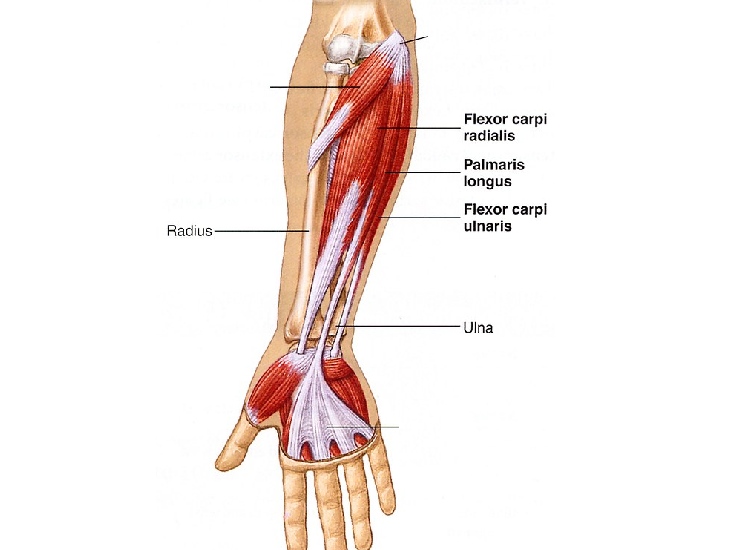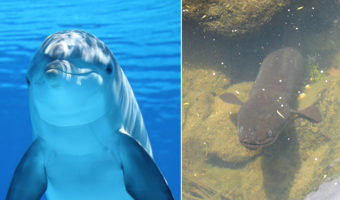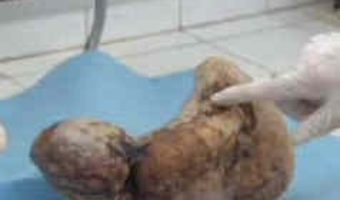Why Do Some People Not Have Palmaris Longus Muscles?
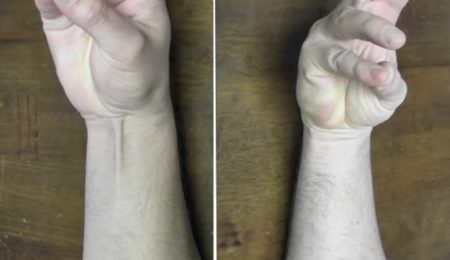
Human evolution is no less than a wonder when compared to the other creatures. We have really come a long way to become the master race on this planet. And in this journey of millions of years, human anatomy has changed tremendously. We have grown some super reflexes and intelligence while cutting down on features we might not need anymore. One such feature that almost 14% of the human population does not have now is the palmaris longus muscle!
So, what is the palmaris longus muscle? What was its significance, and why do some people not have this muscle anymore? Let’s find out!
Table of Contents
Palmaris Longus Is a Primal Muscle, Which Was Crucial for Early Humans
The palmaris longus is a muscle in the front of the forearm that connects to the upper arm bone and extends to the palm. It helps bend the wrist and tighten the center of the palm, which is useful for gripping and grasping things.
This muscle was more important for our ancestors, who spent significant time on trees, like orangutans and early humans. It helped them have a strong grip for activities like swinging and climbing. It also helped them move around in trees by gripping branches.
Studies comparing different species have shown that the palmaris longus muscle varies in its presence. It means that some animals have it while others do not. For example, humans commonly have this muscle, but it is also absent in certain individuals. On the other hand, birds and amphibians do not possess this muscle at all. It indicates that the importance of the palmaris longus muscle decreases in species that are not adapted for an arboreal or tree-dwelling lifestyle.
Understanding the role of this muscle provides researchers with insight into the evolutionary history of different animals and how their bodies have adapted to their specific environments. The variations in the presence or absence of the palmaris longus muscle reflect different species’ diverse needs and locomotion strategies. Overall, the palmaris longus muscle highlights the intricate relationship between form, function, and the unique adaptations of organisms to their habitats.
Why Do Some People Not Have Palmaris Longus Muscles Anymore?
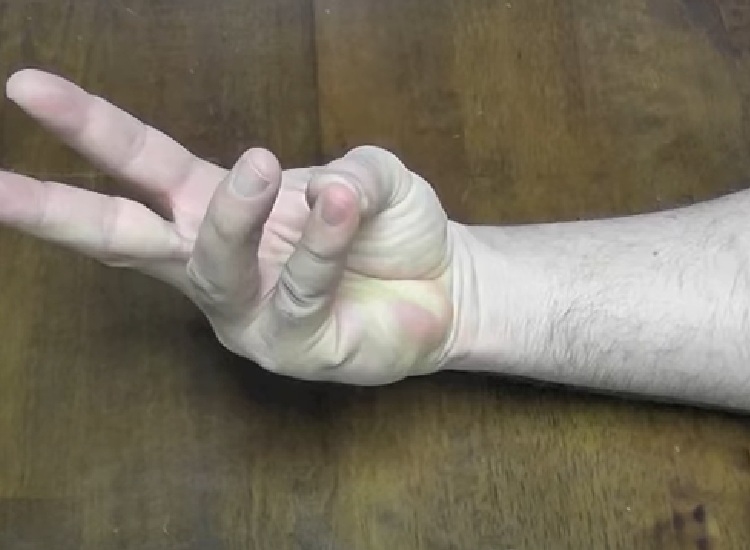
The palmaris longus muscle is absent in approximately 14% of the population. This absence, however, is not evenly distributed and can vary among different ethnicities, genders, and even between the left and right forearms. But why do some people lack this particular muscle?
To understand the absence of the palmaris longus muscle, we must delve into its evolutionary significance. In tetrapod animals, including other primates, the palmaris longus muscle plays a role in upper limb weight-bearing, which is crucial for activities such as walking on all fours.
However, in bipedal humans, this role becomes less significant due to the change in stance and locomotion. As humans evolved to walk upright, the palmaris longus muscle became less important for weight-bearing and gradually diminished in size or completely disappeared in some cases.
The absence of the palmaris longus muscle in some individuals raises questions about its developmental origin. Researchers are still exploring whether its absence results from the regression of a nascent muscle bundle during embryonic development or if it simply fails to form altogether. The genetic and developmental factors contributing to the absence of the palmaris longus muscle intrigue scientists even today.
Can the Absence of Palmaris Longus Impact the Strength and Functionality of Your Arm?
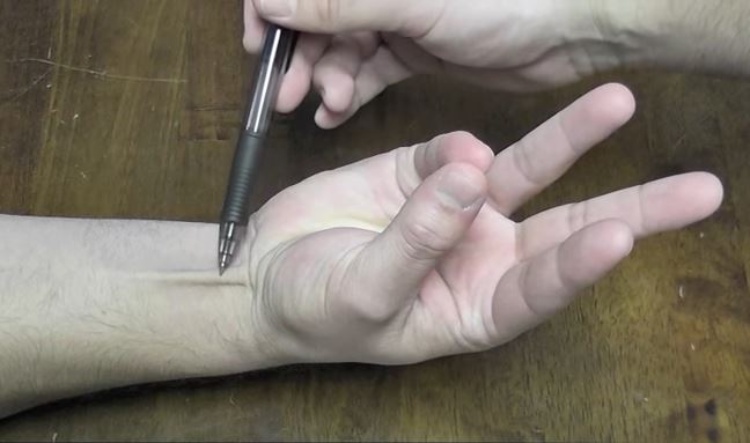
From a functional standpoint, the absence of the palmaris longus muscle has minimal impact on hand and wrist function. Other muscles, such as the flexor carpi radialis (FCR) and flexor carpi ulnaris (FCU), compensate for the absence of the palmaris longus in some people and allow them to perform everyday tasks without any noticeable limitations.
Interestingly, the palmaris longus muscle has proven to be a silver lining in the field of tendon replacement surgeries. When present, the palmaris longus muscle’s tendon is sometimes harvested as a graft for reconstructive procedures. Due to its relatively minor role in hand and wrist function, using the palmaris longus tendon for grafting purposes does not significantly impact the patient’s overall hand dexterity or range of motion.
Human Body Has More of Such Vestigial Features!
1Why Do We Have a Tailbone Despite the Absence of a Tail to Wag?
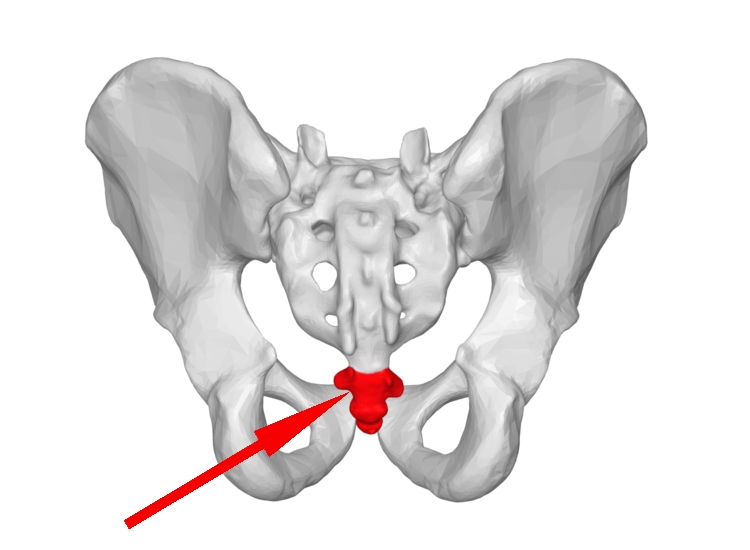
The human coccyx, or tailbone, is a remnant of our tailed ancestors. As animals moved from water to land, they lost their back fin but retained the fleshier appendage, i.e., a tail. However, the early ancestors of humans later abandoned their tails, as they were no longer necessary for balance and communication.
Nonetheless, humans still possess a tailbone consisting of fused caudal vertebrae. It serves no apparent purpose but is harmless. During embryonic development, humans briefly develop a tail that disappears by the eighth week. Although extremely rare, some individuals are born with tails, often signaling spinal cord defects. Our genomes contain an evolutionary record, occasionally manifesting in atavistic features.
2Ever Wondered Why Some People Lack Space for Wisdom Teeth?
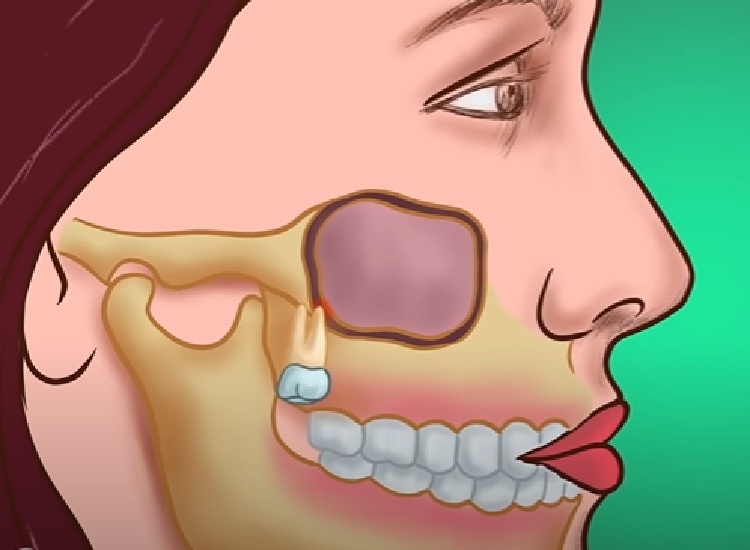
Wisdom teeth, also known as “third molars,” have long puzzled scientists. They were necessary for our ancestors, but today, many people don’t have enough space for them or experience problems when they emerge.
Researchers believe that changes in diet and food preparation techniques played a significant role in the reduced size and necessity of wisdom teeth. The need for large molars decreased as early humans transitioned to softer diets due to cooking and farming.
Studies have shown that societies with processed and agricultural diets have shorter jaws, which may not provide enough space for the full growth of wisdom teeth. Furthermore, the disappearance of wisdom teeth in some individuals could result from recent evolution, as their diets no longer require these teeth. Our changing diets and reduced jaw growth highlight the impact of diet on human evolution.
3What’s the Story Behind the Nictitating Membrane, the Remnant of a Third Eyelid?
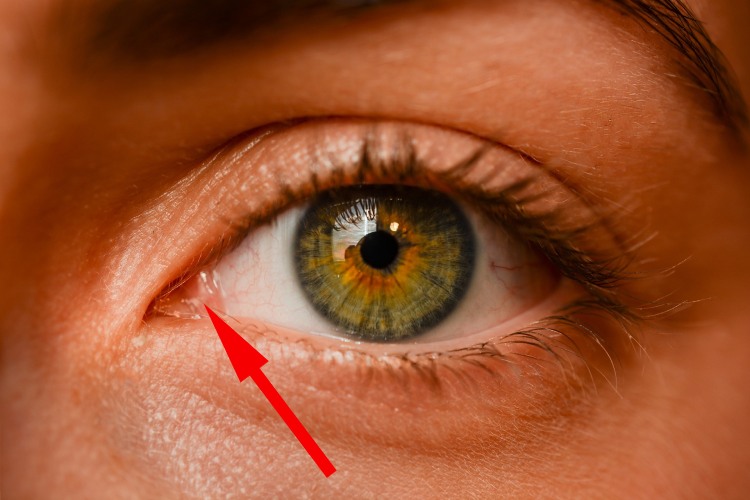
The nictitating membrane, a third eyelid found in various animals, protects and moistens the eye while maintaining visibility. While fully developed nictitating membranes are common in fish, amphibians, reptiles, birds, and some mammals, they are rare in primates, including humans.
However, humans possess a structure called the plica semilunaris, which can be regarded as the residue of this nictitating membrane found in other vertebrates.
Studies have shown that the plica semilunaris in humans undergoes developmental changes, and it is believed to have a role in the ocular immune system. The presence of the plica semilunaris in humans highlights our evolutionary connection to other species and the diverse adaptations of the visual system across different organisms.














